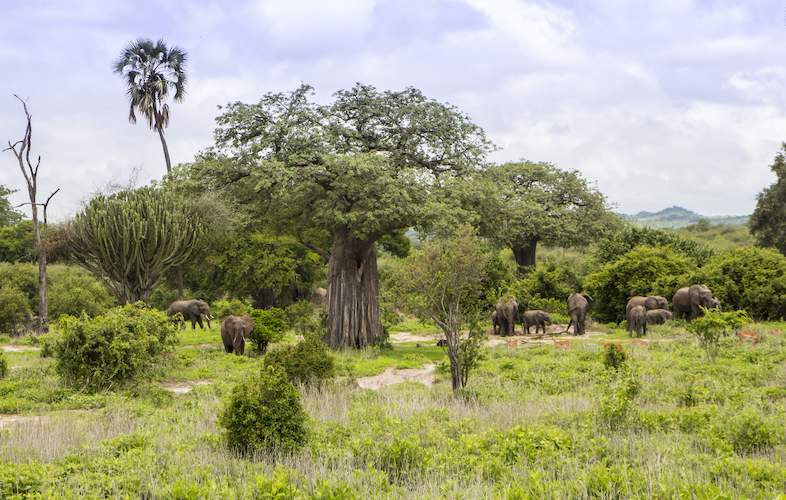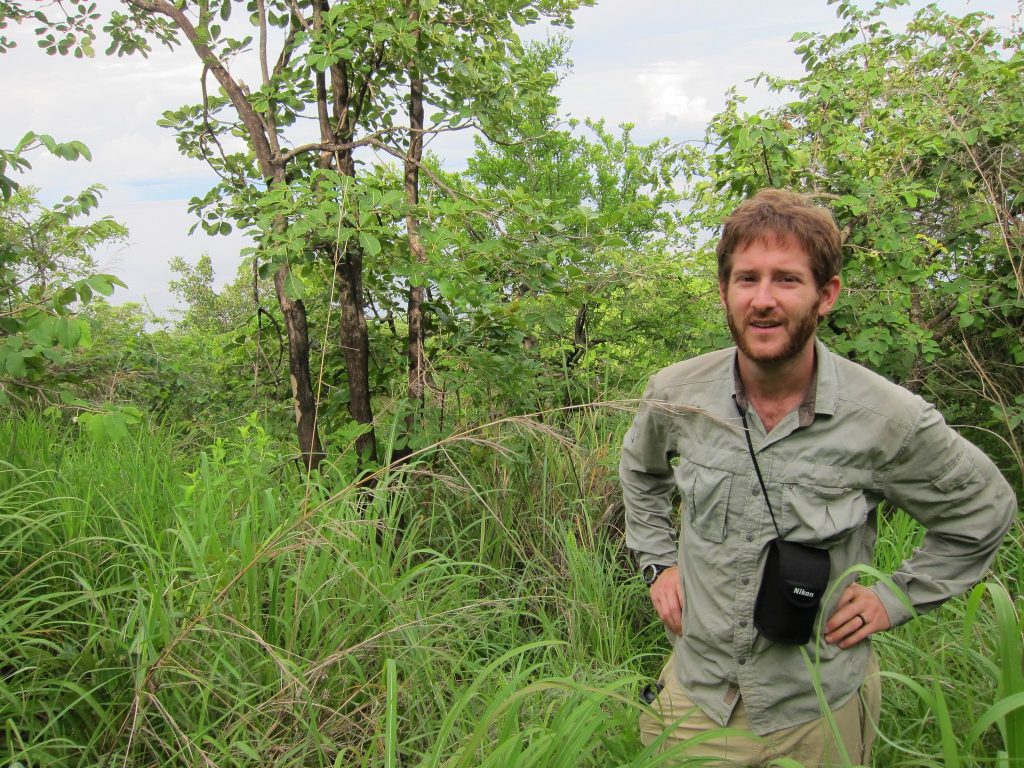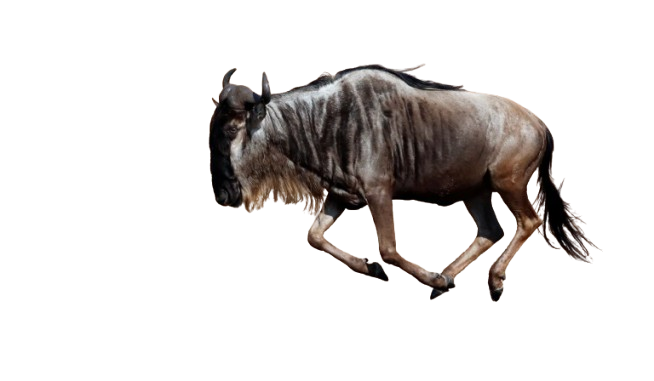Plants in Serengeti National Park
The Plants in Serengeti National Park is the oldest and largest ecosystem globally. The Serengeti-Mara ecosystem spans over 30,000 square kilometers, extending from the renowned Masai Mara National Reserve in Kenya to the Ngorongoro Conservation Area, traversing Serengeti National Park. The globally renowned ecosystem serves as the setting for the world’s second-largest and most famous animal migration, known as the wildebeest migration. The remarkable migration consists of more than 1.5 million blue wildebeests (Connochaetes taurinus), over 200,000 zebras (Equus burchelli), and more than 400,000 Thomson’s gazelles (Gazella thomsoni), together with many other plains animals. The wildebeest is named for the migration because they are the primary leaders and constitute the largest population in the group.

The movement occurs in a clockwise manner across boundaries during specified periods of the year. They monitor the weather and rainfall patterns, while the specific day of crossing remains uncertain; however, the crossing period is established.
The flora of Serengeti National Park is mostly characterized by wide savannah grasslands, also referred to as volcanic grasslands, situated along the border between Tanzania and Kenya. The park is situated near the Equator, in latitudes between 2° and 4° South. The proximity of the park to the equator significantly influences the climatic conditions of the region, hence dictating the flora of Serengeti National Park.
The meteorological stations surrounding the Serengeti National Park indicate that the park has two rainy seasons: a prolonged early season from March to May and a shorter rainy period in November. The prolonged dry season extends from June to October and from December to February, hence intensifying the annual migration of wildebeests in search of verdant pastures and fresh water sources.
During the dry season, Serengeti National Park experiences average temperatures ranging from 24°C to 27°C, while the rainy season sees temperatures between 15°C and 21°C. Average rainfall totals varies by location, impacting the various plant species in Serengeti National Park. In the northern region adjacent to Lake Victoria, precipitation levels are elevated, whilst in the northeastern area, they are diminished. The rainy season occurs from March to May and thereafter in November. The irregular distribution of rainfall throughout Serengeti National Park has resulted in varied vegetation cover, leading to the presence of diverse tree species. The diverse flora of Serengeti National Park directly influences the distribution of various wildlife species. For instance, Black Rhinos predominantly inhabit the northern region characterized by dense vegetation, leopards are located in the Seronera area where Acacia trees are prevalent, and wildebeests are typically found in the southern region where the grass is short.

The flora in Serengeti National Park is predominantly characterized by short grass, which encompasses three-quarters of the area, interspersed with acacia tree types. Various investigations undertaken in Serengeti National Park have documented around 314 plant species within the area. The Serengeti ecosystem is the largest in Tanzania and all of Africa, encompassing both protected and unprotected areas. The ecosystem has remained unchanged for decades; nonetheless, the rapidly increasing population poses a threat to biodiversity. The case study conducted at Serengeti National Park revealed that the composition, structure, diversity, and distribution of plant species in the entire Serengeti Ecosystem are significantly greater in unprotected areas compared to those in protected areas.
The Serengeti ecosystem is distinguished by a diverse array of habitats, including riverine forests, open grasslands, woodlands, forested grasslands, and shrubs, among others. These provide as distinct habitats for wildlife, hence enhancing the diversity of species inside the park. The various plant species in Serengeti National Park provide as distinct food sources for wildlife.
Moshi (2000) indicates that the disturbance rate inflicted by local inhabitants on the vegetation has escalated, facilitating the rapid proliferation of colonizing plant species in the region, such as Themeda triandra, Sesbania sesban, Hibiscus hybrids, Stringa asiatica, Vernonia poskeana, among others.
The predominant weeds in Serengeti National Park, particularly in exposed regions, are Argemone Mexicana and Elionurus muticus, both of which are undesirable to animals. The tree species utilized by large animals such as elephants, lions, leopards, and giraffes for territorial demarcation are found in regions that receive a specific amount of annual rainfall. Others utilize these plant species for foraging, sustenance, and nesting.

Approximately 15 alien plant species are scattered throughout Serengeti National Park. 80% of all exotic tree species are located within 50 meters of roads and camps. The predominant plant species in the Serengeti include Acacia trees, specifically Acacia tortilis, Acacia drepanolobium, and Kigelia, commonly known as the Sausage tree. Safaris to Serengeti National Park in Africa mostly focus on fauna, particularly the Big Five; nevertheless, the Serengeti also presents a diverse array of vegetation. The interdependence of wildlife on flora renders both entities mutually beneficial. Trees provide shade, shelter, sustenance, and hunting grounds for predators. The wide variety of flora in Serengeti National Park has drawn numerous animal species to the area. Absent the vegetation, your safari in Serengeti National Park would appear entirely distinct. The park lacks scenic views, with its greenery replaced solely by dust.

